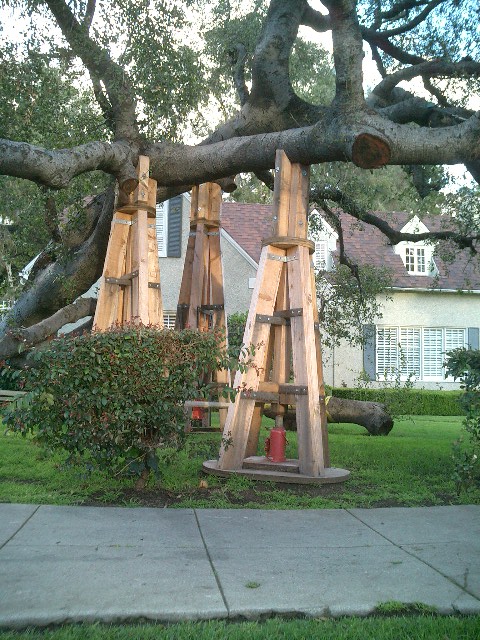OTG BOSTON
Addicted to ArboristSite
Anyone have any experience with propping limbs? I'm working on a special project and would like to include a prop as part of my preservation plan. Pics to follow.............

an actual prop under the limb that comes up from the ground...just curious this is the first time I have heard the term












Got that right. BMP means Best Means Possible.Standards are made by just people like you.
